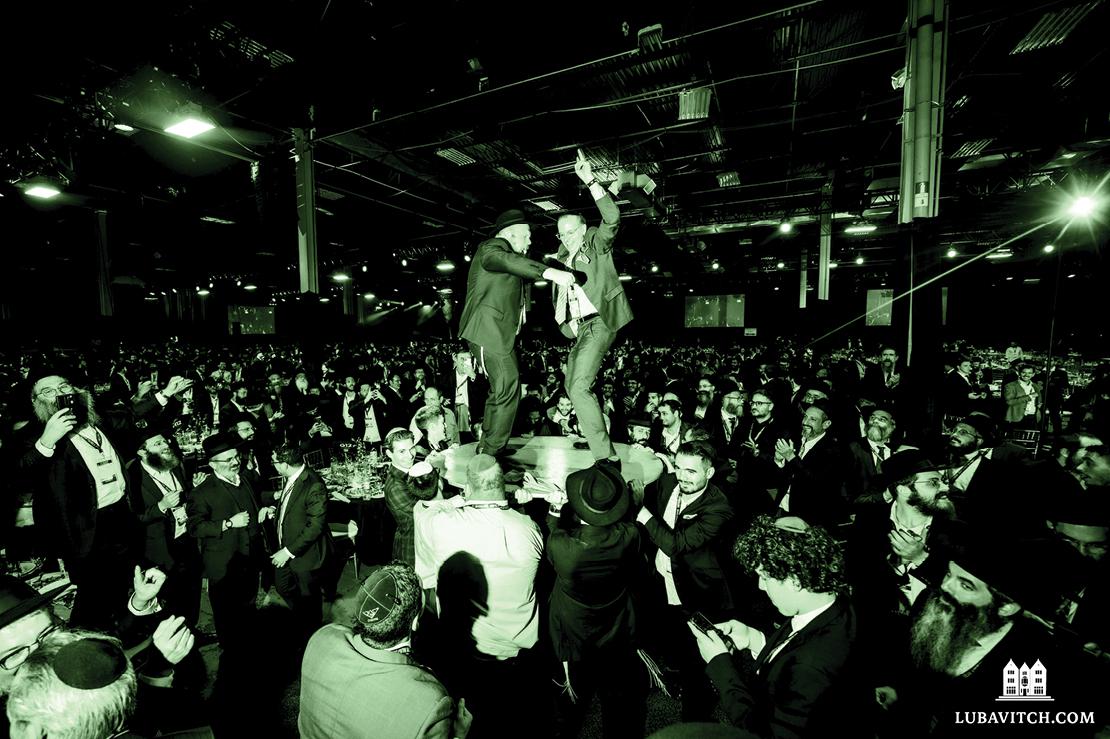At the supermarket checkout counter with his mother, a little boy is overheard pleading for a candy bar. “It’s not kosher,” the mom declares. The cashier, scanning frozen cheeseburgers and shellfish that the woman has unloaded from her cart, is confused. “Do you keep kosher?” he asks her. “Oh no, we’re not Jewish. But,” she says, chuckling, “I learned this trick from the Jewish moms I see here. Whenever they say something’s not kosher, the kids just let it go and move on. Works like magic!”
It’s an old joke, but its kernel of truth remains relevant and worth repeating.
Traditional Jewish life comes with benefits: it curbs our appetites and teaches us healthy self-discipline. And by setting boundaries, the Torah cultivates positive behaviors. Think about tithing, which requires each of us to give at least ten percent of our income to tzedakah. In Hebrew, it is known as maaser kesafim.
Parting with hard-earned income can be difficult. But, consistently practiced, tithing becomes habit forming. If you accept that this portion of your income is not yours to keep, you don’t have to be in a generous mood in order to give, and you don’t have to wrestle against yourself. It is enough to know that keeping this ten percent is not kosher. Then, like the kid in the supermarket, you can just let it go and move on.
Having to give maaser also inculcates the ethic of tzedakah. The haves, the have nots, high income, low income, or middle income; there’s this basic minimum that you’ve got to give away. It is a dignifying practice, creating an inclusive community of givers where everyone is expected to contribute, and everyone makes a difference.
Today, charitable giving is increasingly done online, yet the ubiquitous pushka, or charity box, has its fixed place in Jewish households to remind us to give daily, even in small amounts. The ethic of tzedakah is so deeply ingrained in the Jewish consciousness, studies repeatedly find that American Jews give more charity than any other ethnic or religious group.
This is true even as trends in philanthropy shift. Donors no longer just want to write a check. They want to be involved, they want a direct path to targeted giving. Larger donors are looking for measurable outcomes and proof of return on their investments. The advent of online crowdfunding tools has democratized giving; and, in fact, small donations from a large population are now making a big, cumulative difference.
***
In this issue we wanted to look at the faces and forms of giving that vitalize Chabad and the Yiddishkeit it brings to the world. Moreover, we wanted to know which activities appeal to the people who partner with their local Chabad Houses. So we put the word out, and emails poured in with heartwarming stories of love and gratitude.
What we learned was that while it may be any one of Chabad’s numerous and diverse cradle-to-grave programs that bring people of every background through the door, it is, consistently, the deep, personal friendships they form with their shluchim that brings them back to stay and take a seat at the table.
The archetypal partnership of Jacob’s sons, Issachar and Zebulun, is a model that has stood the test of time. On pages 16-27 you’ll meet a handful of the Zebuluns: savvy investors who look for impact, legacy donors who look to the future, friends who share their unique talents, small and steady stakeholders, and so many others who pay it forward in their corner of the world.
The coming year, we hope, is queued up to be a good one. The pandemic is subsiding, the economy is rebounding, and Jewish life is burgeoning. In the last year alone, Chabad has opened up in 90 new centers and installed 200 new emissaries in 185 locations.
We also dedicated space in this issue to look back at a captivating half-a-century chapter of Jewish life in Buffalo, New York. It is a story about an iconic Chabad rabbi, miracles born of love and caring, and the incalculable dividends of giving.
This article appeared in the Winter 2022 issue of the Lubavitch International magazine. To download the full magazine and to gain access to previous issues please click here.

Be the first to write a comment.